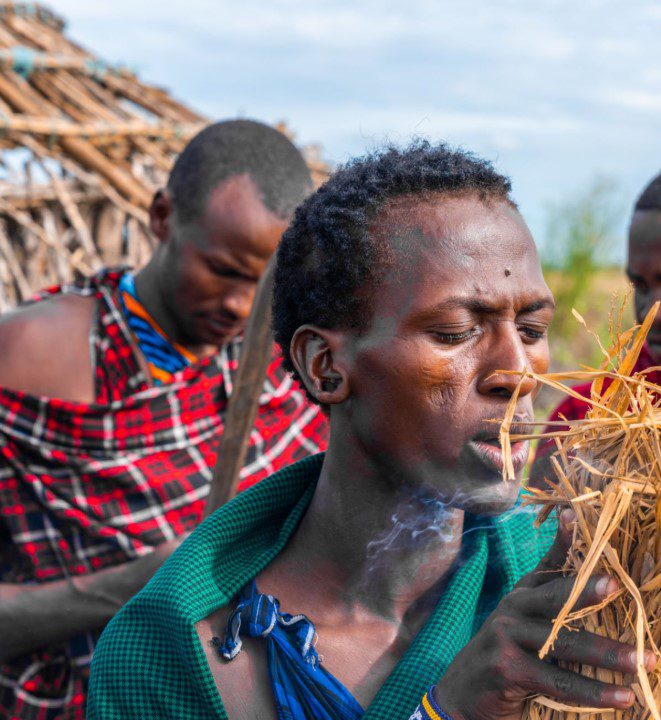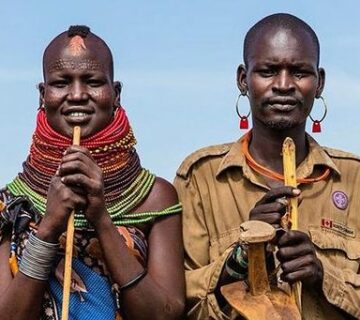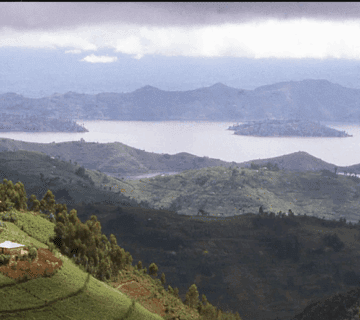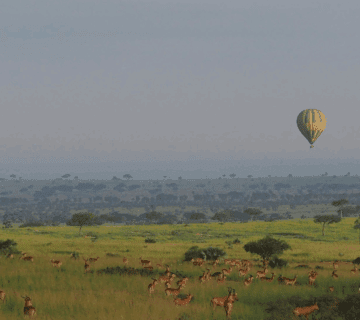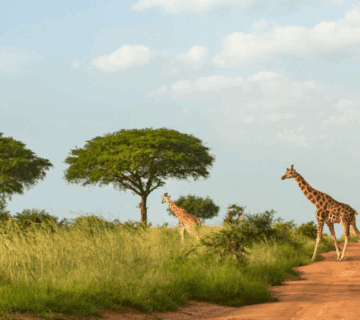Can I Visit a Traditional Healer in Tanzania?
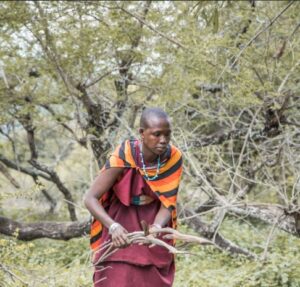
In the heart of East Africa, where the sun rises over the Serengeti and the rhythm of life dances to the beat of ancient drums, there lies a culture rich in wisdom, spirituality, and deep-rooted traditions. Tanzania is a country of vibrant people, spectacular landscapes, and time-honored practices that stretch back centuries. Among its most fascinating aspects is the role of traditional healers respected custodians of ancestral knowledge, spiritual guides, and vital members of their communities. For travelers seeking more than just a safari or beach getaway, visiting a traditional healer in Tanzania offers a unique and soul-stirring glimpse into the living heartbeat of African heritage.
Yes, you can visit a traditional healer in Tanzania. But it’s more than just a visit it’s an experience that touches the essence of community, belief, and healing. These practitioners, known locally as “waganga wa jadi,” are not simply herbalists. They are cultural therapists, spiritual intermediaries, and the keepers of indigenous medicine. For generations, they’ve offered remedies for physical, emotional, and spiritual ailments, blending plant-based medicine with rituals and ancestral wisdom.
Visiting a traditional healer is a deeply personal experience. It’s not something found in tour brochures or souvenir stalls. It’s something you feel and witness rooted in the community, whispered in Swahili, shared with trust, and approached with respect.
What to Expect When Visiting a Traditional Healer
Your first step will likely begin with an introduction. Traditional healers are trusted within their communities and often don’t advertise their services. However, through local guides or cultural tour operators, you can arrange a respectful visit. In areas like Arusha, Moshi, Bagamoyo, and even small towns in the Kilimanjaro region, traditional healers practice quietly but openly, welcoming those who come with genuine curiosity and reverence.
You’ll usually find the healer in a modest, quiet place sometimes a small hut or a room with animal skins, herbs, bones, and sacred items carefully placed. It may feel humble, but the space is rich in energy. Conversations with the healer often begin with a series of questions. The healer may use tools such as bones, cowrie shells, or charms to divine information or communicate with ancestors. You may be asked about your dreams, your fears, or recent experiences. The process is deeply intuitive and spiritual.
The Role of Herbs and Natural Medicine
Herbal medicine is the backbone of traditional healing. Tanzania is home to a diverse range of medicinal plants, many of which grow in the wild. Healers have an encyclopedic knowledge of these plants how to identify, prepare, and use them. Remedies might come in the form of teas, powders, ointments, or incense. These are prepared with great care, often involving rituals, chants, or blessings.
Importantly, traditional healing in Tanzania is holistic. The healer does not treat just symptoms, but the whole person body, mind, and spirit. This is a critical part of the experience. Whether you’re seeking healing for physical pain or guidance for emotional unrest, the process is immersive and compassionate.
Can Tourists Participate?
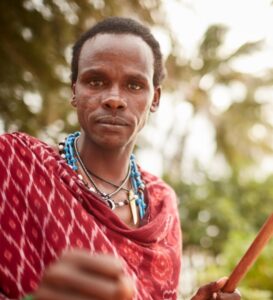
Absolutely, but it must be done thoughtfully. If you’re a tourist with an open heart and a sincere interest in learning, many healers will welcome you. Your experience will be richer if facilitated through someone who understands the local customs and language. Responsible cultural tour operators in Tanzania offer these experiences in a way that honors both the tradition and your role as a visitor.
Remember, this is not a show. This is someone’s belief system, someone’s way of life. Enter with respect, humility, and gratitude. Dress modestly, avoid filming without permission, and always follow the healer’s guidance.
Understanding the Cultural and Spiritual Context
To truly appreciate traditional healing in Tanzania, it’s important to understand its cultural foundation. For many Tanzanians, health is not merely a physical state but a balance of relationships with oneself, others, nature, and the spirit world. Illness is often seen as a sign of spiritual imbalance or unresolved conflict. Healers are seen not only as medical practitioners but as mediators between the human and spiritual realms.
Despite the rise of modern medicine, traditional healing remains deeply respected and widely practiced in both rural and urban areas. In fact, many people use both systems visiting a clinic for some ailments, and a traditional healer for others. The Tanzanian government has acknowledged this reality, and in some areas, traditional healers are organized in associations and work alongside formal health systems.
Is It Safe to Visit A traditional Healer?
Yes, visiting a traditional healer in Tanzania is generally safe, especially when arranged through a reputable local guide or cultural organization. These visits are not about dangerous rituals or unproven treatments but about cultural connection and insight into a different worldview. You’re not required to take any remedies if you don’t wish to, and most healers are happy to simply share their stories, practices, and perspective with you.
That said, always use common sense. If you’re offered an herbal treatment and are unsure about its ingredients, you can politely decline. If you’re under medical care, it’s wise to consult your doctor before trying any traditional remedies. The experience is about cultural understanding, not medical substitution.
Where Can You Find a Traditional Healer?
Traditional healers can be found throughout Tanzania, but here are a few places where cultural tourism programs can arrange visits:
Mto wa Mbu (near Lake Manyara): Known for its vibrant cultural tours, this village offers insights into traditional medicine, banana beer brewing, and Maasai rituals.
Bagamoyo: This historic coastal town is a melting pot of cultures and a great place to explore Swahili spiritual traditions and healing practices.
Kilimanjaro Region: The Chagga people have a long history of traditional healing. Guided village walks in this region often include visits to local healers.
Arusha and Moshi: With the right local connection, you can visit traditional healers who still practice in these bustling towns.
What Can You Learn?
Visiting a traditional healer teaches more than herbal names or healing chants. It teaches patience, listening, respect, and the value of tradition. It challenges the way we think about health, belief, and the human experience. For many travelers, this becomes one of the most profound parts of their journey not because it was planned or packaged, but because it was real, raw, and human.
You’ll walk away not just with stories, but with a deeper appreciation of the unseen threads that bind culture, health, and spirit. It may spark conversations that stay with you long after your journey ends.
Final Thoughts
Tanzania is not just a land of wild safaris and towering mountains. It is also a land of living heritage where old and new coexist, where knowledge is passed by word of mouth, and where healing is as much about community as it is about medicine.
If you’re open to it, visiting a traditional healer in Tanzania can be a doorway into a richer travel experience. It offers a way to connect beyond the lens of a camera and into the spirit of the people. It’s a reminder that in every corner of the world, there are stories waiting to be heard stories of resilience, wisdom, and the timeless human quest for healing.
So yes, you can visit a traditional healer in Tanzania. And if you do, go not as a tourist, but as a student of life. The experience might just heal something in you too.

